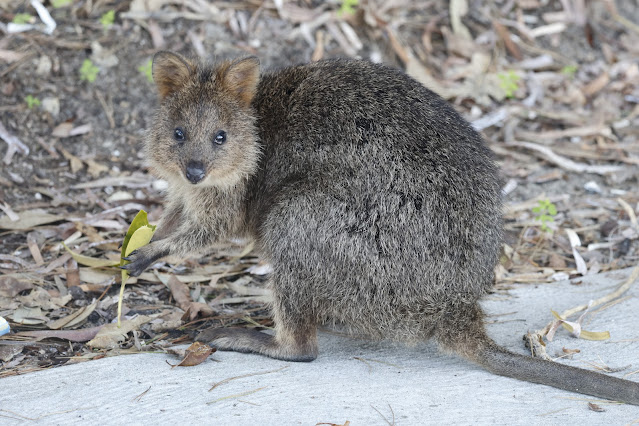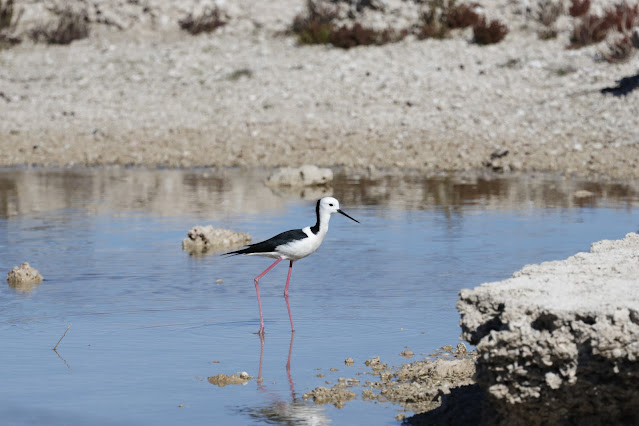We did a family two day trip to Rottness Island, offshore from Perth this week, primarily to see the Quokkas (Short-tailed Scrub Wallaby) that are abundant on the island (having become very rare on the mainland). Rottness Island is predator free and the Quokkas are thriving there with a population of over 10,000.
The island is only a few miles off Perth but has a subtly different micro-climate influenced by a warm sea current and there are a few bird species there which are also not common on the nearby mainland including Red-capped Robin and White-fronted Chat. During the summer months (our winter) there are several decent wader species present on the salt lakes and Fairy terns are around (but unfortunately not this time of year).
There are also Australian Sea Lions and New Zealand Fur Seals on the island and the island is also important for reptiles. The only species we saw was King's Skink as we are mid-winter here and there are not many reptiles around anywhere at the moment.
Updated Trip Report HERE. Now on 210 bird species and still about 20 or 30 regular SWA species to target in the last week including three endemics- Baudin's Black Cockatoo, Western Shrike-tit and Western Corella but running out of time now and lots of family commitments in our last week but hoping to sneak in a bit more targeted birding.













No comments:
Post a Comment